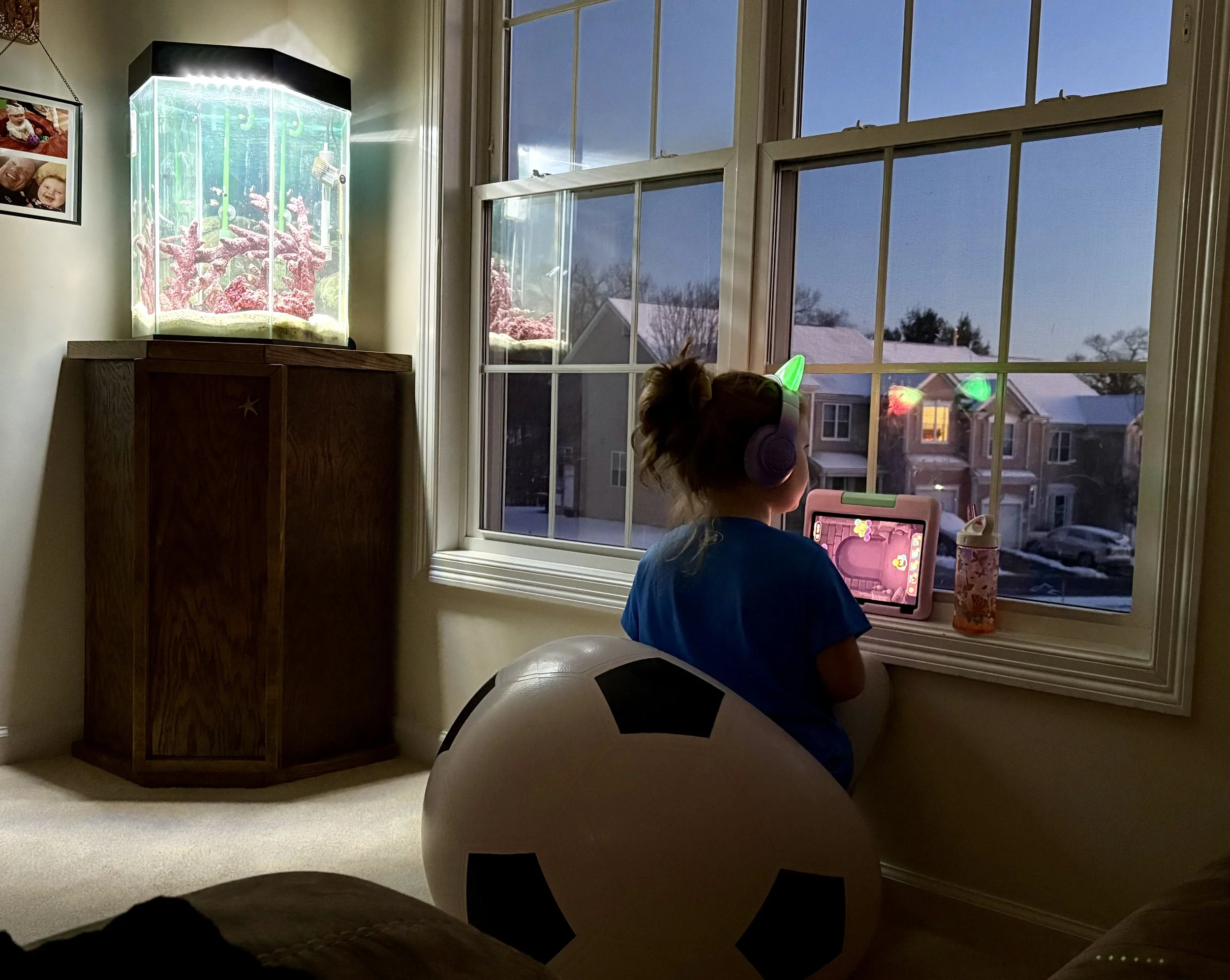Welcome to the Neuro-Access Blog
For You, the World…
Burning Bridges for Your Child: The Fierce Love of a Parent
Burning Bridges for Your Child: The Fierce Love of a Parent
Every parent knows that the journey of raising a child is filled with incredible highs and daunting lows. But for parents of children with unique needs, it can often feel like a battle. We find ourselves willing to do anything, even if it means burning bridges, to secure the best possible outcomes for our children.
The fight for your child’s needs can often feel isolating. Whether it’s advocating for appropriate educational resources, pushing for necessary therapies, or simply trying to be heard in a system that often feels stacked against us, the struggle is real. It’s a journey that calls on every ounce of our knowledge, resilience, and courage.
The Good Fight
Fighting for what your child needs isn’t just about navigating complex systems; it’s about maintaining an unwavering belief in their potential. We become well-versed in special education laws, therapies, and resources. We attend meetings, research options, and network with other parents. Every step we take is fueled by love and the desire to ensure our children have the opportunities they deserve.
However, as we become more knowledgeable and assertive, we may find ourselves clashing with friends, family, or even educators who don’t understand the demands of our journey. When you challenge the status quo or demand that your child’s needs are met, it can be uncomfortable for those around you. Suddenly, the very people who once formed your support network may question your choices—or worse, pull away.
A Smaller Village
This is the paradox of advocacy: while the fight can bring clarity and direction, it can also lead to feelings of loneliness as we carve out a path that others may not understand. The village that once felt robust may shrink as we prioritize our child’s needs over maintaining every relationship. This doesn’t mean that we stop caring about our friendships or family; rather, it signifies a shift in focus.
We learn to surround ourselves with those who genuinely support our mission. Sometimes, this means saying goodbye to relationships that don’t uplift us or our children. It’s a difficult decision, but the need to protect our child’s interests and emotional well-being leads us to make choices that prioritize their growth over social comfort.
Finding New Connections
As the landscape of our village changes, it also opens up a new realm of opportunities. By seeking out connections with other parents who share similar experiences, we can create a supportive community that understands the depth of our struggles. These new friendships can be sources of strength, inspiration, and even joy.
In this journey, it becomes clear that advocacy is not a solo endeavor. It transforms into a collective effort with others who are fighting similar battles. We band together, sharing resources, strategies, and stories that reinforce the notion that our children are not alone in their struggles.
Conclusion
In the end, while you may find that your village grows smaller, it’s essential to recognize that the relationships you maintain are likely to be more meaningful, valuable, and supportive. The bridges we burn can lead to new paths—ones filled with understanding, compassion, and a shared commitment to seeing our children thrive.
So to every parent out there ready to fight the good fight: your journey is valid, your voice matters, and you are not alone. Embrace the path you’re on, and know that it will ultimately lead to a stronger community—one that champions each child’s potential and worth.
Did you know DESE has done away with the primary, secondary and tertiary disability eligibility criteria with the New IEP form?
It all begins with an idea.
This shift represents a significant step toward more inclusive and accurate identification of students' needs.
What’s the Reason for the Change?
More Comprehensive Representation of Students
The old system forced districts to prioritize disabilities in a hierarchy, often underrepresenting the full scope of a student’s challenges. By allowing teams to "check all that apply," the new format ensures that every area of need is documented, providing a clearer picture of the supports required.
Alignment with IDEA and Best Practices
The Individuals with Disabilities Education Act (IDEA) emphasizes individualized education programs (IEPs) tailored to meet all of a student’s unique needs. The new system reflects this principle by focusing on the entirety of a student’s profile, rather than ranking disabilities.Reducing Misinterpretation
The tiered system could unintentionally lead to misunderstandings about the student’s primary challenges, particularly for students with co-occurring disabilities. The new approach eliminates this issue, emphasizing that no single disability should define a student’s eligibility or services.Neurodiversity-Affirming Practices
Many students, especially those who are Autistic or have multiple disabilities, require supports that address a range of interconnected needs. The "check all that apply" format aligns with neurodiversity-affirming practices, highlighting the importance of seeing the whole student rather than narrowing their identity to a single label.
What Does This Mean for Families and Educators?
This change empowers IEP teams to focus on a strengths-based, needs-driven process. It also ensures that services and accommodations are better matched to students’ actual needs, fostering equity and inclusivity in special education.
By adopting this more holistic approach, DESE demonstrates its commitment to ensuring that all students receive the support they need to succeed.
Next Training
See upcoming trainings about the new IEP form.


